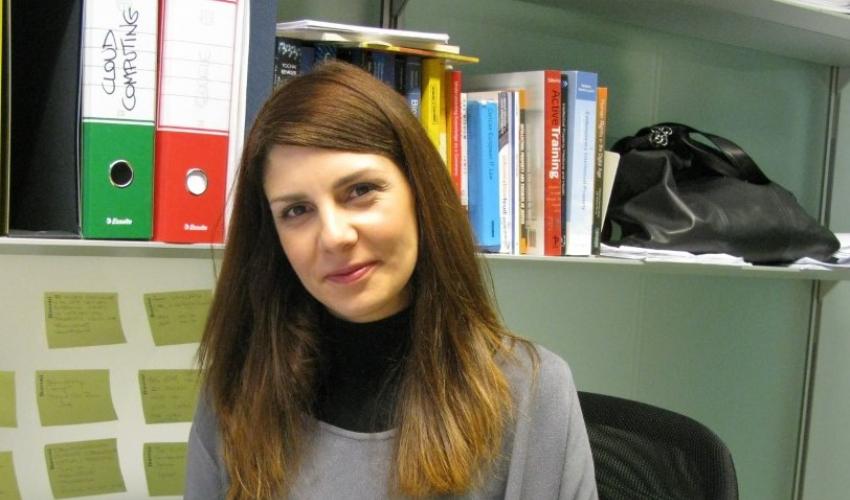
Sustainable Urban Development. Tracing the Threads of Complexity
EXPRESSING THE COMPLEXITY OF HUMAN SOCIETIES IN A SUSTAINABLE WAY IS ONE OF THE CHALLENGES OF THE UNITED NATIONS 2030 AGENDA. A CHALLENGE THAT CAN BE WON BY CREATING URBAN REGENERATION PROJECTS THAT ADDRESS THE INTERCONNECTED ECONOMIC, SOCIAL, ENVIRONMENTAL, INSTITUTIONAL AND PHYSICAL ISSUES OF EACH SPECIFIC AREAby Aura Bertoni, lecturer at Deparment of Law
Complex systems are a fascinating field of research: their study started in physics but today they are also employed in biology, chemistry, economics and other social sciences. In complex systems, individual elements interact with each other, determining an overall behavior of the system that is different from the behavior of the individual elements constituting it.
The United Nations 2030 Agenda for Sustainable Development, comprising 17 Sustainable Development Goals (SDGs) recognizes the complex nature of human societies. It does so first of all by attributing a fundamental role to the economic, environmental, social and cultural dimensions of development, and then by aggregating these four pillars into the concept of sustainable development. This way, the 2030 Agenda offers an alternative to reductionist approaches that look at the agents of development according to mere cause-effect relationships.
The science of complexity gives us a particularly interesting interpretation of the sustainable development of cities as environments increasingly characterized by differentiation and interdependence. In other words, cities are complex systems where we recognize the presence of numerous interacting elements, the non-linearity of their interactions, and emergent behavior at the macro level which finds no analogue at the micro level, not least the capacity for self-organization. If, therefore, some of the aspects of urban sustainability can be evaluated according to the identification of an international system of indicators, others are by their nature more localized and context-dependent. The latter include urban regeneration programs.
Urban regeneration refers to plans dealing with the interconnected economic, social, environmental, institutional and infrastructural issues of a specific urban area. Each initiative of urban renewal is part of a complex micro-system populated by multiple social actors with differing interests, which in turn interacts with other complex systems, both inside and outside the city, nationally and internationally.
Goal no. 11 of the 2030 Agenda promotes operations, such as urban renewal, aimed at the growth of sustainable cities and communities, but none of these actions can be considered truly sustainable unless it recognizes and interprets the complexity of the urban context of reference. But complexity is itself a complex question. Acknowledging complexity means, on the one hand, ascertaining dynamic relationships between the various dimensions of territorial development, where sustainability is to be understood not as a static vision, but rather as a continuous process, and, on the other hand, assessing the interdependence between the four pillars of development, both at the micro level and at the different macro levels, thus laying the foundations for a systemic approach to related policies and practices.
Interpreting complexity means understanding what is really happening on the ground – no easy task – and how complexity can be treated in contexts where uncertainty cannot be eliminated. In response to this paralyzing difficulty, complex systems theorists give us tools to learn how to move forward. The first consists in creating strategies capable of learning from prior events and contingencies, which depart from illusory certainties to enable the redefinition of opportunities and problems. The second seeks to activate and multiply the spaces for the participation of social actors in a process capable of reflecting the complexity of the actual system of reference, in order to better imagine the urban future through mutual learning.
This also means that the complexity of the urban problem requires posing the right questions, and creating mechanisms that add value to the precious polyphony of interests, conditions and experiences that characterize contemporary living in cities.
